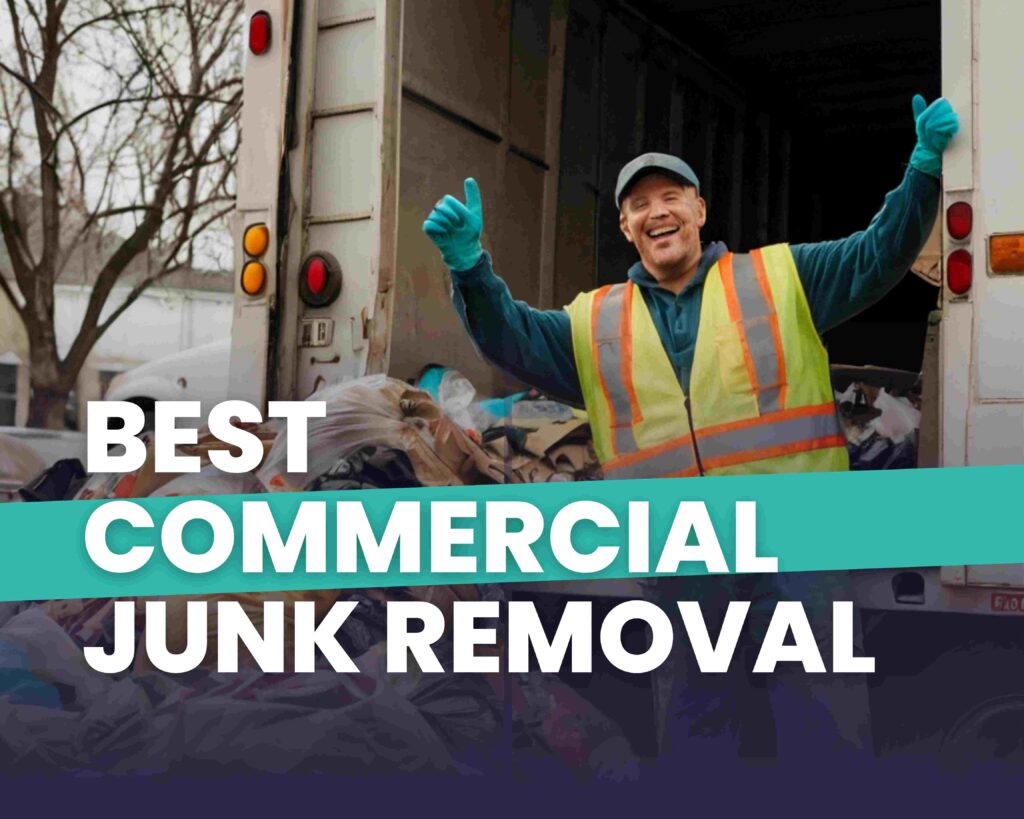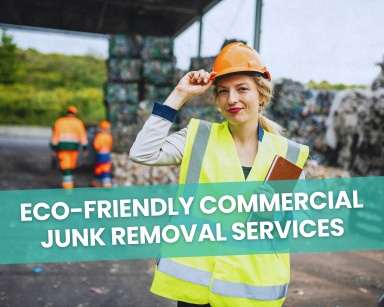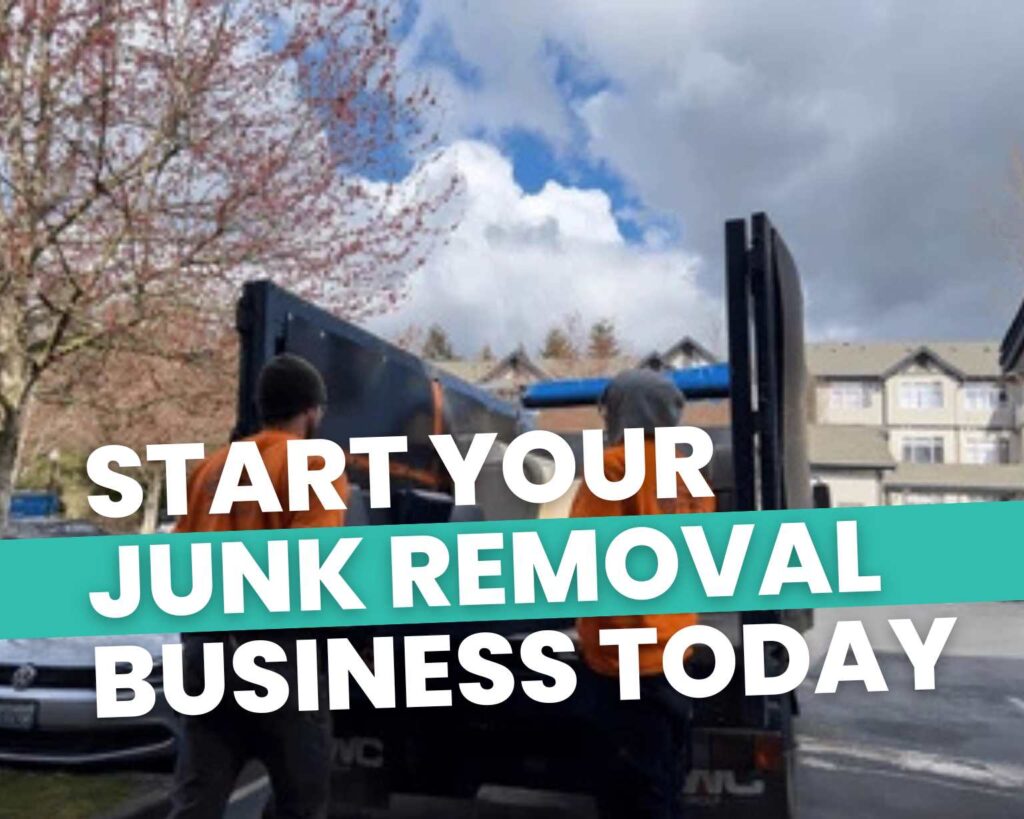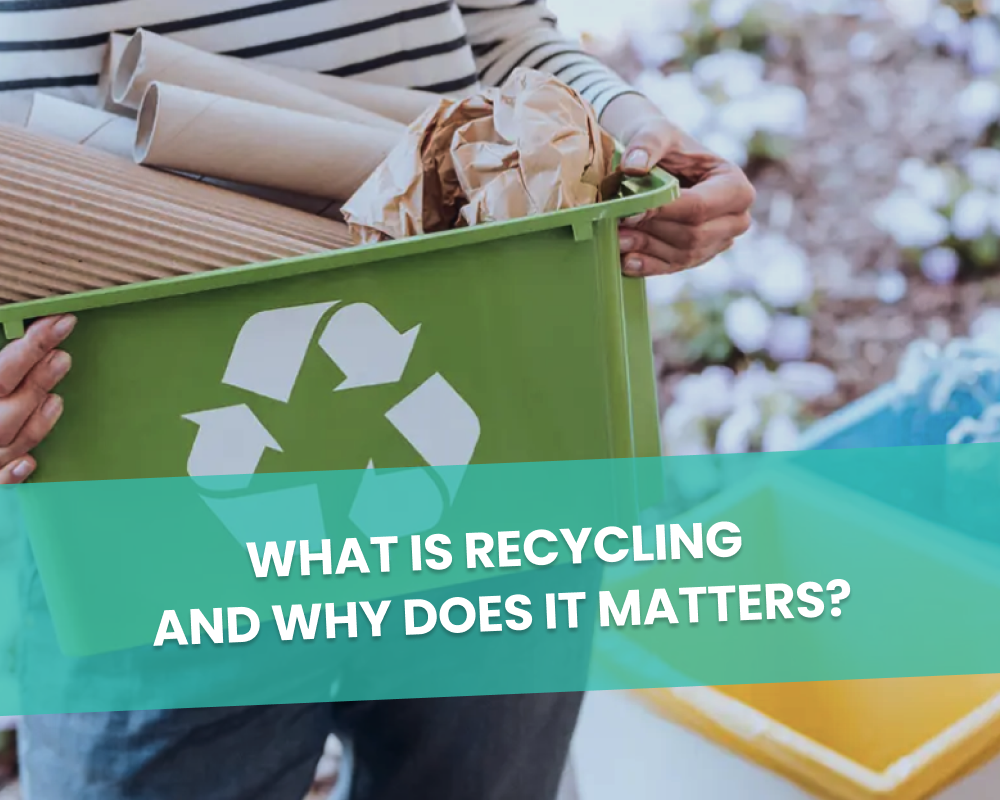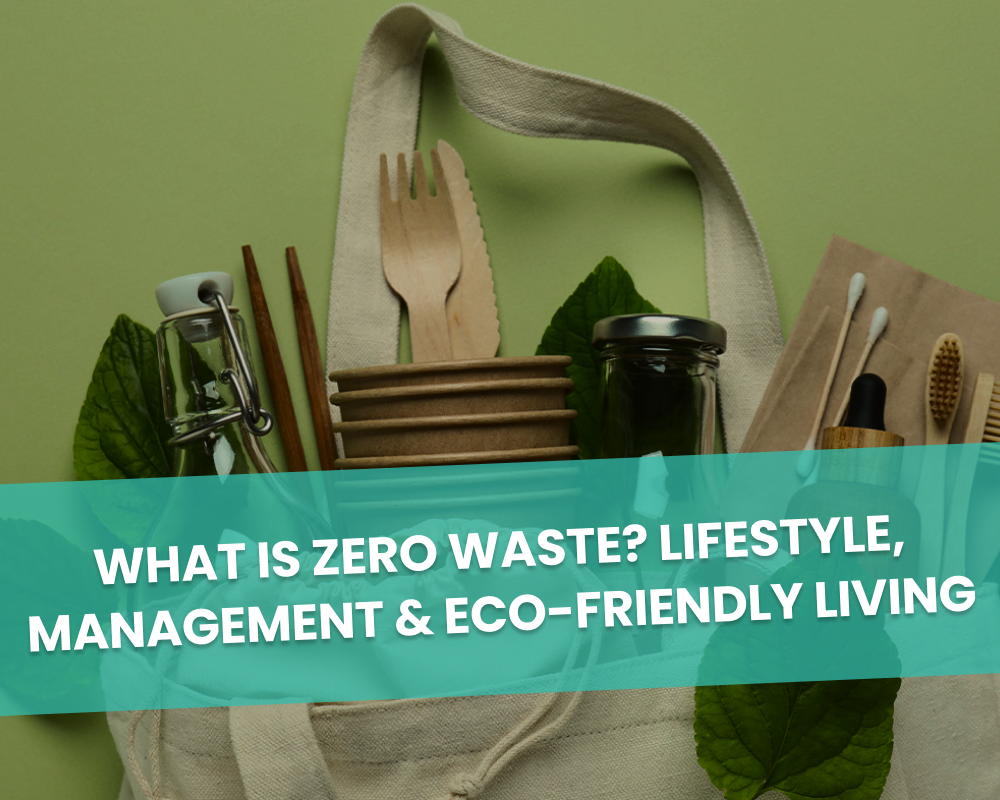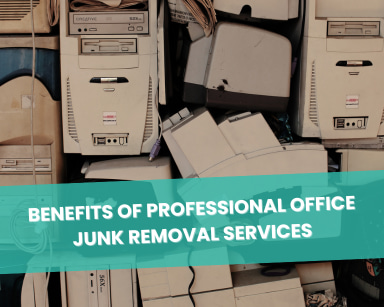Pallet, Shelving & Packing Material Recycling | Reduce Waste & Save Costs
For many companies, especially those in transportation, manufacturing, and warehousing, managing extra pallets, shelves, and packing supplies is becoming increasingly difficult. If not used sensibly, these products can rapidly take up important storage space and contribute to environmental waste. Luckily, there is a sustainable substitute for disposal in recycling and reuse choices.
Pallet recycling, pallet removal services, and responsible handling of other goods, including shelving and packaging supplies, all help businesses succeed.
Table of Contents
The Importance of Pallet Recycling
Although items are transported mostly using pallets, many companies find it difficult to handle them once they are no longer needed. Pallet recycling is something companies should think about rather than letting abandoned pallets sit or get dumped in landfills. Pallets should be broken down,rebuilt for reuse, or broken down to be repurposed in this process.
Recycling pallets reduces carbon emissions, keeps natural resources, and diminishes waste. Furthermore, companies can enhance their environmental credentials and contribute to more general goals by recycling wood pallets.
Common Issues with Pallet Disposal
Regarding pallet disposal, many companies have challenges. Among these are:
- Excess pallets occupying important storage space, thereby hindering effective utilization of facility or warehouse space.
- In areas with strong waste management rules, especially, improper disposal might cause regulatory problems.
- For bulk items, businesses sometimes pay more disposal costs; this is especially true in cases when recycling facilities are not accessible.
Services like pallet removal and wood pallet pickup have been crucial for companies trying to comply with environmental regulations and clear clutter caused by these challenges.
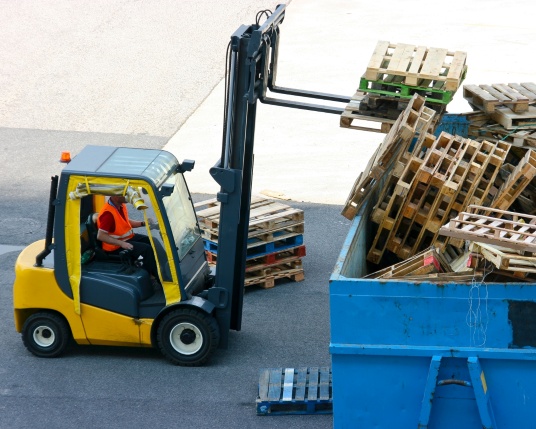
What is Pallet and Wood Recycling?
Pallet and wood recycling involves turning discarded wood pallets and other wooden materials into usable goods. Repairing damaged pallets, turning them into raw materials for new building projects, or shredding them for use as mulch or biofuel can all fit here.
The process generally follows these steps:
- Services related to wood pallet removal or pallet pickup gather extra pallets from companies.
- Pallets are sorted based on condition and checked for damage. Repairing and reusing those in decent condition is possible.
- Broken or unsuitable pallets go through processing whereby the wood is either shredded or recycled for another use.
- The supply chain incorporates recycled wood, reducing the need for new materials.
Businesses may save trash, lower disposal costs, and help to create a circular economy by giving pallet recycling first priority.
The Role of Shelving and Packing Material Recycling
Although pallets get the most attention, other materials, such as packing supplies and shelving units, are equally valuable for recycling. For instance, metal shelving can be melted down and used to create new products. To cut waste, similarly recyclable or reusable packing materials, including foam, plastic wrap, and cardboard, can be utilized.
Working with certain recycling programs can help companies with a lot of packaging waste greatly lower their environmental impact. Services that provide bulk packing material removal help simplify processes and guarantee the correct handling of recyclable products.

Advantages of Pallet Pickup and Removal Services
Good pallet collection and removal services enable companies to responsibly dispose of extra goods without interfering with operations. These offerings have several advantages:
- Regular pallet removal relieves companies of the trouble of hauling goods to recycling facilities so they may have neat, orderly spaces.
- Many removal companies provide recycling incentives, thereby helping businesses reduce waste disposal costs.
- Effective pallet and wood recycling programs enable companies to follow environmental rules, therefore lowering their risk of fines.
- Using services aimed at reuse and recycling helps companies lower their carbon footprint and support local sustainability projects.
How to Effectively Remove Pallets and Packing Supplies
Following these guidelines can help companies maximize the removal and recycling process:
- Make a list of extra pallets, shelves, and packing supplies that should be disposed of or repurposed.
- Choose a trustworthy supplier that guarantees environmentally friendly recycling techniques and provides both wood pallet collecting and pallet disposal services.
- Establish a regular schedule to prevent material buildup and keep your workplace clean.
- Track recycling initiatives and assess environmental benefits using supplier reporting systems.
By approaching material management proactively, companies can remain ecologically sensitive and orderly.
Common Types of Recyclable Packing Materials
Apart from pallets, there are other packing materials:
- Often used in packaging, cardboard is readily recycled and converted into new goods.
- One can recycle stretch wrap and shrink wrap to produce fresh plastic products.
- Though it is more difficult to recycle, specialized facilities can nevertheless handle polystyrene foam.
- Melted metal containers and shelves can be reused in industrial settings.
Recycling these resources helps companies reduce waste and support a more environmentally friendly supply chain.
Key Takeaways on Pallet and Material Recycling
Businesses trying to increase their sustainability practices must first focus on pallet recycling, wood pallet removal, and responsible disposal of shelving and packing materials. By cutting waste management expenses, these initiatives not only lessen environmental effects but also offer financial gains.
Investing in recycling programs and pallet pickup and disposal is a sensible and effective way for companies trying to simplify their operations and cut waste. This helps businesses to better control their resources and assist sustainability projects.

